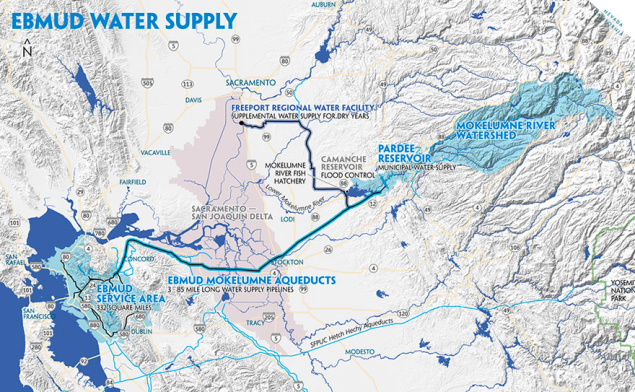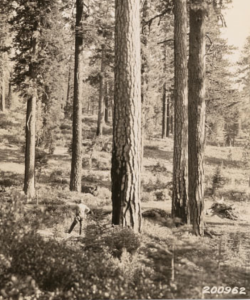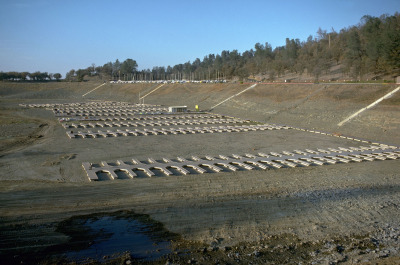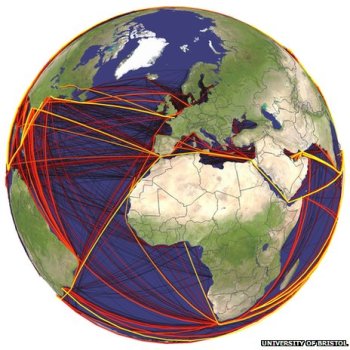The hills and lawns might look green still, but the drought has hit the east bay hard. The sparkling, clean, tasty water we usually have delivered through our taps via the Mokelumne River Basin in the Sierra Nevada. Get out Britas!
From our favorite and fastest source for local news Berkeleyside:
The drinking water for 1 million customers of East Bay Municipal Utilities District had an “off” odor and taste over the weekend and, while EBMUD is fixing the issue, customers might have to get used to it. The culprit? The drought.
EBMUD usually draws the drinking water for the majority of its customers from the bottom of Pardee Reservoir, about 100 miles east of Berkeley, according to Abby Figueroa, a spokeswoman for EBMUD. But on Thursday, the water district started taking water from the top portion of the reservoir. The water there is warmer and contains some algae, so even though it was treated before gushing into pipes in Berkeley, Oakland and elsewhere, there was a peculiar smell.
 Route from the Mokelumne River Basin in the Sierra Nevada, to the East BayAccordingly there was a run on Brita filters at all local hardware/houseware stores.
Route from the Mokelumne River Basin in the Sierra Nevada, to the East BayAccordingly there was a run on Brita filters at all local hardware/houseware stores.
New water restrictions for California announced.





